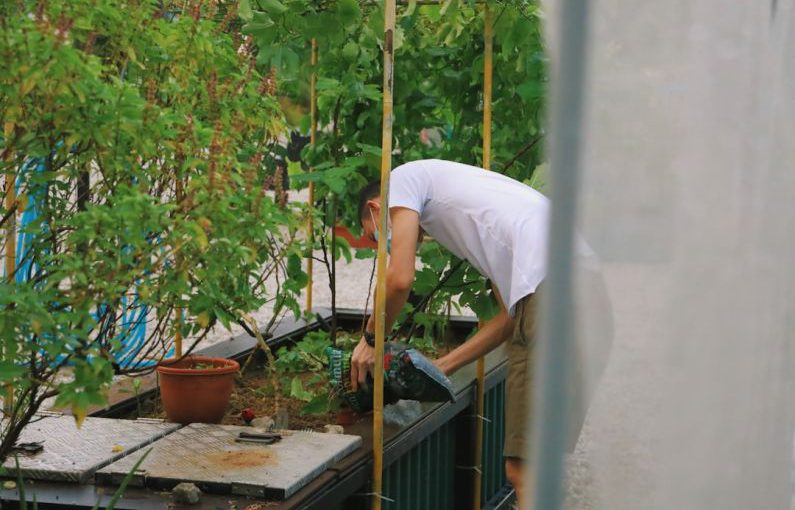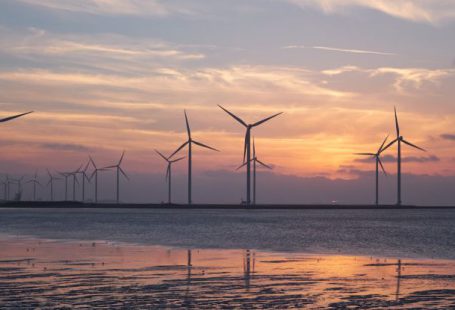In bustling urban environments where skyscrapers dominate the skyline and concrete sprawls as far as the eye can see, the concept of urban farming and green spaces has emerged as a beacon of hope for sustainable living and environmental conservation. The juxtaposition of lush greenery and bustling city life may seem like an unlikely pairing, but the rise of urban farming initiatives and the creation of green spaces within cities are reshaping the urban landscape in profound ways.
The Benefits of Urban Farming
Urban farming, also known as urban agriculture, refers to the practice of cultivating, processing, and distributing food in or around a city. This innovative approach to agriculture has gained traction in recent years as a means to address food insecurity, promote local food production, and reduce the environmental impact of traditional farming methods. By utilizing vacant lots, rooftops, and even vertical spaces, urban farmers are able to grow a variety of crops in the heart of the city.
One of the primary benefits of urban farming is its ability to increase access to fresh, locally grown produce in urban areas where food deserts are prevalent. By establishing community gardens and urban farms, city residents have the opportunity to grow their own food or purchase locally sourced produce, thereby improving food security and promoting healthy eating habits.
Furthermore, urban farming plays a crucial role in promoting environmental sustainability within cities. Traditional agriculture is often associated with high water consumption, pesticide use, and carbon emissions from transportation. In contrast, urban farming practices such as rainwater harvesting, composting, and the use of organic farming methods can help reduce the environmental footprint of food production in urban areas.
Creating Green Spaces in Urban Environments
In addition to urban farming initiatives, the creation of green spaces within cities has become an integral part of urban planning and design. Green spaces, such as parks, gardens, and green roofs, not only provide recreational opportunities for city dwellers but also offer a host of environmental benefits.
Parks and green spaces serve as essential urban oases, providing respite from the hustle and bustle of city life. These green lungs help improve air quality, reduce noise pollution, and mitigate the urban heat island effect by providing shade and cooling effects. In addition, green spaces contribute to biodiversity conservation by providing habitat for wildlife and promoting ecological balance within urban ecosystems.
Green roofs, in particular, have gained popularity as a sustainable building practice that enhances urban biodiversity and reduces energy consumption. By installing vegetation on rooftops, buildings can benefit from natural insulation, stormwater management, and improved air quality. Green roofs also help reduce the urban heat island effect by absorbing heat and providing a cooler microclimate in urban areas.
The Future of Urban Farming and Green Spaces
As cities continue to expand and urban populations grow, the importance of incorporating urban farming and green spaces into urban planning cannot be overstated. These initiatives not only contribute to a more sustainable and resilient urban environment but also enhance the quality of life for city residents.
Moving forward, it is crucial for policymakers, urban planners, and community members to collaborate on implementing innovative solutions that promote urban farming and the creation of green spaces within cities. By embracing these practices, cities can transform into vibrant, livable spaces that prioritize environmental stewardship and community well-being.
In conclusion, the integration of urban farming and green spaces represents a paradigm shift in urban development, offering a sustainable and holistic approach to shaping the cities of the future. By harnessing the power of nature within urban environments, cities can thrive as vibrant hubs of innovation, sustainability, and well-being.





